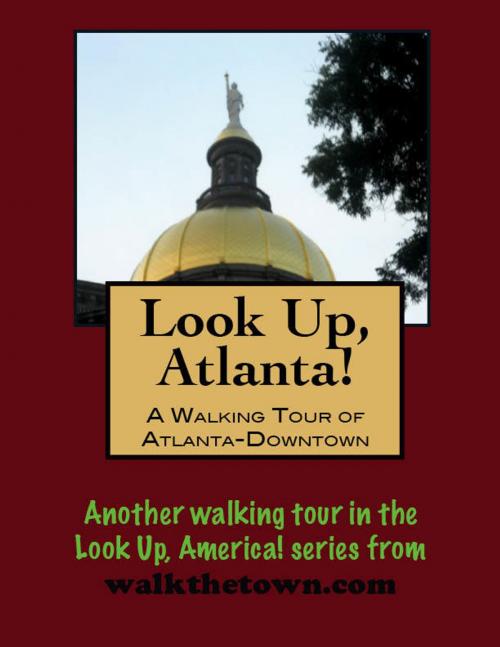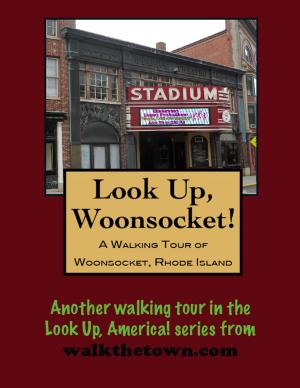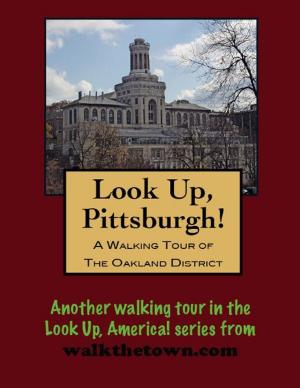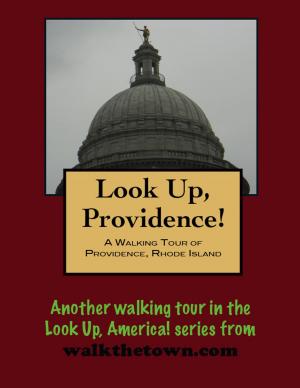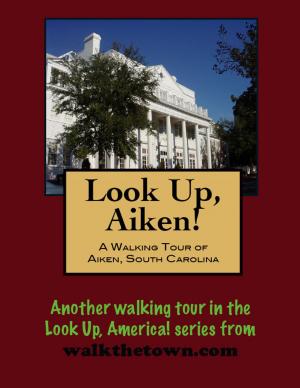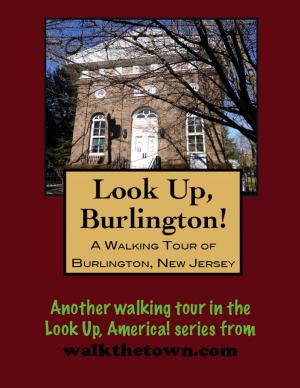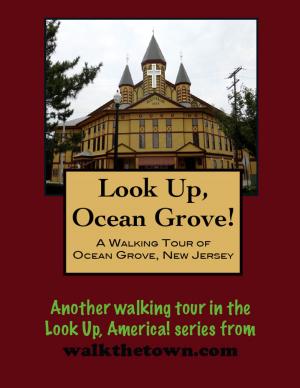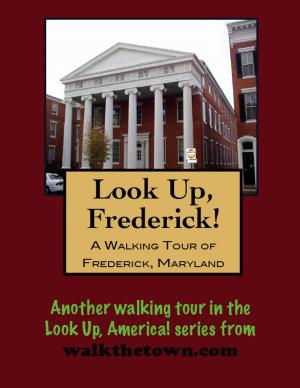Look Up, Atlanta! A Walking Tour of Downtown
Nonfiction, Travel, United States, South, History, Americas| Author: | Doug Gelbert | ISBN: | 9781465879837 |
| Publisher: | Doug Gelbert | Publication: | September 15, 2011 |
| Imprint: | Smashwords Edition | Language: | English |
| Author: | Doug Gelbert |
| ISBN: | 9781465879837 |
| Publisher: | Doug Gelbert |
| Publication: | September 15, 2011 |
| Imprint: | Smashwords Edition |
| Language: | English |
There is no better way to see America than on foot. And there is no better way to appreciate what you are looking at than with a walking tour. Whether you are preparing for a road trip or just out to look at your own town in a new way, a downloadable walking tour is ready to explore when you are.
Each walking tour describes historical and architectural landmarks and provides pictures to help out when those pesky street addresses are missing. Every tour also includes a quick primer on identifying architectural styles seen on American streets.
In 1837 an army engineer named Colonel Stephen Harriman Long drove a stake into the ground and Atlanta began. A year earlier the Georgia General Assembly had voted to build the Western and Atlantic Railroad to provide a trade route to the Midwest. There had been several contenders to be "Terminus" but surveyor Long apparently liked the relative flatness here to enable trains to turn around comfortably.
The town that grew up on the railroad was first known as Thrasherville when Terminus was abandoned. John Thrasher led a work gang building the railroad and constructed houses and a general store for the workers. In 1842, when the population was about 30, the residents wanted to name the settlement after the sitting government Wilson Lumpkin but he asked them to name it after his daughter, instead, and Terminus became Marthasville. Just three years later, J. Edgar Thomson, the Chief Engineer of the Georgia Railroad,suggested that it be renamed to "Atlantica-Pacifica," which was quickly shortened to "Atlanta." In 1847 the town was incorporated as Atlanta, shortly after the first trains arrived.
Atlanta had fewer than 10,000 people when it became an important railroad and military supply hub during the Civil War. On November 11, 1864, after a four-month siege, Union General William Tecumseh Sherman ordered the town burned to the ground. The burning of Atlanta would be immortalized in Margaret Mitchell's novel and film, Gone with the Wind, but Atlantans did not waste too much time wallowing in the drama. In 1868, Atlanta became the fifth city to serve as capital of Georgia. By 1870 the population had swelled to over 20,000 and the city was on course to becoming the business and transportation hub of the "New South."
Along the way Atlanta decided to not to cling to its southern traditions in the way that its regional neighbors such as Savannah and Charleston did. Many of its modern downtown buildings sit on lots cleared two or three times of earlier structures. Our walking tour will begin where plenty of heritage buildings remain, however, and that is because they are underground...
There is no better way to see America than on foot. And there is no better way to appreciate what you are looking at than with a walking tour. Whether you are preparing for a road trip or just out to look at your own town in a new way, a downloadable walking tour is ready to explore when you are.
Each walking tour describes historical and architectural landmarks and provides pictures to help out when those pesky street addresses are missing. Every tour also includes a quick primer on identifying architectural styles seen on American streets.
In 1837 an army engineer named Colonel Stephen Harriman Long drove a stake into the ground and Atlanta began. A year earlier the Georgia General Assembly had voted to build the Western and Atlantic Railroad to provide a trade route to the Midwest. There had been several contenders to be "Terminus" but surveyor Long apparently liked the relative flatness here to enable trains to turn around comfortably.
The town that grew up on the railroad was first known as Thrasherville when Terminus was abandoned. John Thrasher led a work gang building the railroad and constructed houses and a general store for the workers. In 1842, when the population was about 30, the residents wanted to name the settlement after the sitting government Wilson Lumpkin but he asked them to name it after his daughter, instead, and Terminus became Marthasville. Just three years later, J. Edgar Thomson, the Chief Engineer of the Georgia Railroad,suggested that it be renamed to "Atlantica-Pacifica," which was quickly shortened to "Atlanta." In 1847 the town was incorporated as Atlanta, shortly after the first trains arrived.
Atlanta had fewer than 10,000 people when it became an important railroad and military supply hub during the Civil War. On November 11, 1864, after a four-month siege, Union General William Tecumseh Sherman ordered the town burned to the ground. The burning of Atlanta would be immortalized in Margaret Mitchell's novel and film, Gone with the Wind, but Atlantans did not waste too much time wallowing in the drama. In 1868, Atlanta became the fifth city to serve as capital of Georgia. By 1870 the population had swelled to over 20,000 and the city was on course to becoming the business and transportation hub of the "New South."
Along the way Atlanta decided to not to cling to its southern traditions in the way that its regional neighbors such as Savannah and Charleston did. Many of its modern downtown buildings sit on lots cleared two or three times of earlier structures. Our walking tour will begin where plenty of heritage buildings remain, however, and that is because they are underground...
